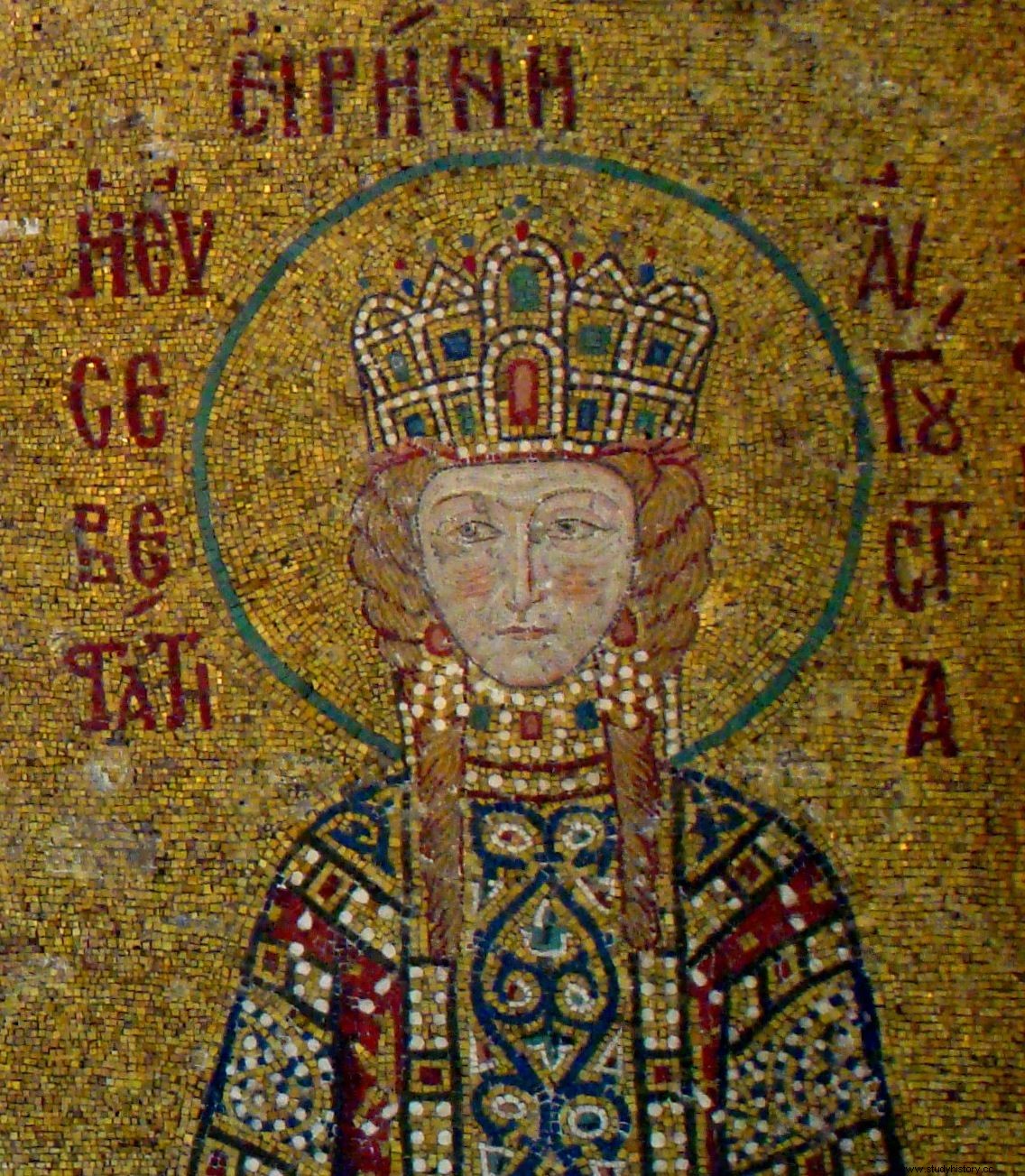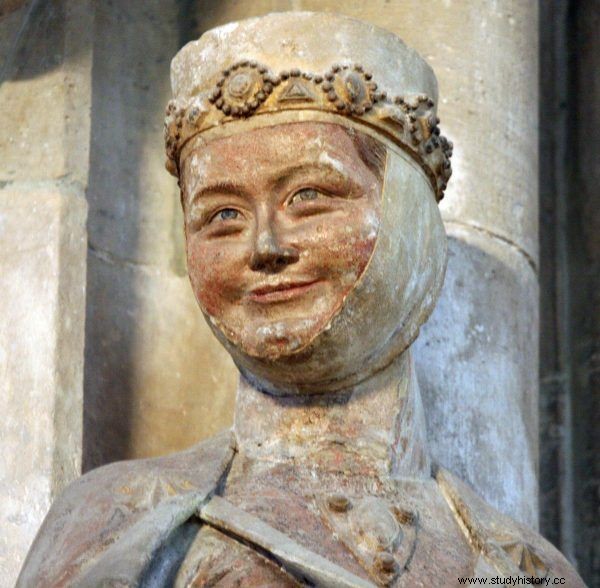It happened all over medieval Europe. Even the daughters of kings had to be ready to lose every trace of their identity in their new husband's house. And our Polish princesses were especially affected.
The example came from the very top, that is, from the Byzantine Empire. It was weakened and restricted in terms of territory, but still proudly protected Rome's heritage. Above all, to guard the sense of one's own superiority. The local elite were firmly convinced that even the noblest families of the continent did not live up to their position. If a woman from a foreign dynasty wanted to be married to an emperor, she first had to throw away all her past, including her name.
Take, for example, Margaret, the daughter of the King of Hungary Bela III, who in 1186 married Emperor Isaac II Angelos. Hungary was experiencing a period of prosperity, and Małgorzata herself prided herself on having excellent connections. Among her ancestors were German emperors, rulers of Kievan Rus, and even representatives of the dynasties that ruled Constantinople in the past.

The Empress of Byzantium must have had a Byzantine name. And this principle was strictly adhered to ... (photo:Bjørn Christian Tørrissen; lic. CC BY-SA 3.0).
The Byzantines, however, were not impressed by this proud pedigree. Małgorzata was forced to hide her Magyar past and change her name to a local one. The pool was quite narrow:only the names of prominent empresses from the past were actually at stake. In effect, Małgorzata became Maria. And she wasn't the only one.
Teofano a Slovenian?
The German medievalist Gertrud Thoma established that at least 12 women who joined the imperial family by the end of the 12th century had lost their names. It is certainly an underestimated number - a similar assimilation can be guessed for the next several dozen characters. The effects can be seen with the naked eye in genealogical tables. It was no coincidence that Irene, Anna, Helen, Marie and Theophano still sat on the Byzantine throne. Even women who were Slavs were called that.

The daughter of Bolesław Chrobry, known only as the German Regelinda, probably also lost her name (photo:Linsengericht; license CC BY-SA 3.0) ..
The trial had little to do with religious differences, or even with difficulty pronouncing foreign words. Even ... Byzantines from somewhat inferior families were ordered to change their names. Perhaps under the influence of Constantinople, or perhaps independently, the custom also took hold in the West.
The German Emperor Henry III renamed his wife from Gunhilda to Kunegunda. His son, Henry IV, did likewise. He became engaged to Eupraxia, but from the time of marriage and coronation, she bore the familiar name of Adelaide. Western emperors had similar considerations as their counterparts ruling the Bosporus. By taking their wives' names, they emphasized the superiority of their own culture and identity.
Price of provinciality
It is no coincidence that the tradition of changing names reached wherever empires or even imperial dreams were born. Representatives of the Piast dynasty often found out about it. The daughter of Mieszko II Gertrude in Rus was renamed Olisawa. In turn, the daughter of Mieszko I - the famous Queen of the Vikings, known in literature as Świętosława-Sygrydy - probably was forced in Denmark to adopt the Germanic name of Gunhilda (read more about it HERE) .
With regard to the Piasts, even mediocre magnates allowed themselves to make similar changes. It was as if they were ashamed of their dealings with the "barbarians" from the East. Margrabia Dolnołużycki Dytryk made Ludgarda of his daughter Bolesław Krzywousty despite the fact that the girl was baptized with the name Dobroniega (after her grandmother, Maria Dobroniega). A century earlier, Margrave Meissen Herman did the same . History did not remember the Slavic name of his daughter Bolesław Chrobry at all. We only know her as the German Regelinda.
Characteristically, this ritual worked only one way. The Piasts never changed the names of princesses and queens coming to the Vistula River . Maybe they had too much respect for their wives, maybe they considered weddings with German or Russian women to be a good reason to be proud. Or maybe - as Grzegorz Pac, a medievalist from Poznań pessimistically stated - they were all too aware of their provincialism.
Sources:
The article is based on the literature and materials collected by the author during the work on the book "Iron Ladies. The Women Who Built Poland ” (Krakow 2015). It was inspired by the work by Grzegorz Pac, "Women in the Piast Dynasty. The social role of Piast wives and daughters until the mid-12th century. A comparative study ”(Toruń 2013).
